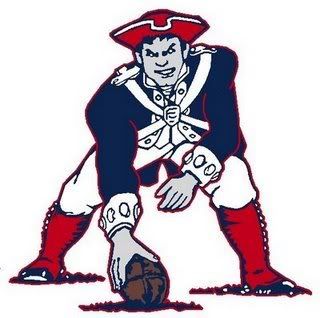Paisley
I'll Lock Up
- Messages
- 5,439
- Location
- Indianapolis
I don't think there's any system to the street names in Colorado Springs. I lived there for 2.5 years and it seemed like a hodge-podge of randomly drawn names and words.No, it's named for old Martin! That's why there's a Jackson and Harrison street on either side of him. Oddly, it appears that the street naming ended with Buchanan, no Lincoln, not sure why?
In Denver, OTOH, the streets west of Broadway are in alphabetical order and avenues north of Ellsworth are numerical. In the large middle part of the city, streets are on a grid. And since the mountains are to the west and the sun is usually shining in the daytime, it's dead easy to find your way around the Denver area. But the suburbs are a different story: large major streets with few places to turn off or around and winding little streets with nonsensical names that don't go anywhere. A radio ad for houses in the middle of the city might have hooked me if I'd been buying a house: "Do you get lost south of Hampden?" Why yes, I do, even though I grew up south of Hampden.







